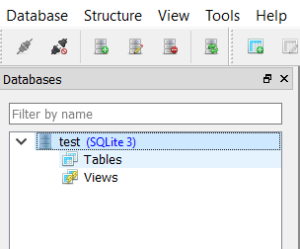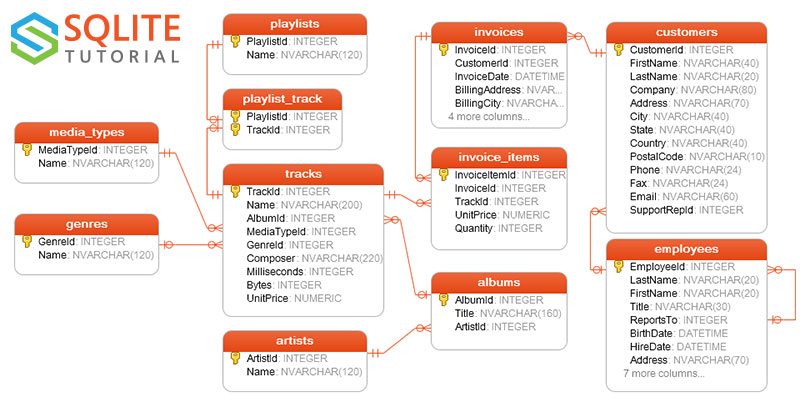

Layer, can be created with one of the following SQL statement : The extension is loaded with the load_extension(gdal_library_name) SQLįunction, where gdal_library_name is typically libgdal.so on Unix/Linux,Īfter the extension is loaded, a virtual table, corresponding to a OGR The GDAL/OGR library can be loaded as a SQLite Queries on any OGR datasource if using the SQL SQLite dialect. The SQLite SQL engine can be used to run SQL (note that spatial indexes on virtual tables are not available). This gives the capability to use the spatial operations of Spatialite “VirtualShape:/path/to/shapefile.shp” (the shapefile must be a “real” It is possible to open on-the-fly a shapefile as a VirtualShape with Will work faster if spatial index has # been created and explicit linking against SpatiaLite library. sqlite - dsco SPATIALITE = YES # Make a request with a spatial filter.

# Duplicate the sample database provided with SpatiaLite ogr2ogr - f SQLite testspatialite. Library, such as spatial indexes, spatial functions, etc… SpatiaLite library also provides access to functions provided by this Updating a spatialite database requires explicit linking against
#Sqlite list tables driver
The SQLite driver can read and write SpatiaLite databases. Using the SpatiaLite library (Spatial extension for SQLite) OGRbuilt against the PCRE library, the REGEXP operator isĪvailable in SQL statements run by OGR. Layers with multiple geometry columns can beĬreated, modified or read, following new API described in RFC 41 : Support for multiple geometry fields in OGR REGEXP operator īy default, the REGEXP operator has no implementation in SQLite.

Spatialite databases, since those geometry types are not supported byĬurrent Spatialite versions. The driver also supports reading and writing theįollowing non-linear geometry types :CIRCULARSTRING, COMPOUNDCURVE,ĬURVEPOLYGON, MULTICURVE and MULTISURFACE. Attributes queries may be fast,Įspecially if indexes are built for appropriate attribute columns using There is no support for spatial indexing, so spatial queries will tend While the SQLite driver supports reading spatial data from records, Reference systems in the spatial_ref_sys table. If geometry_columns is found, it will be used to lookup spatial The WKT_GEOMETRY column will be read as Well Known Text geometry. Layers with a WKT_GEOMETRY field will be treated as spatial tables, and If geometry_columns is not found, each table is treated as a layer. Loosely according to OGC Simple Features standards, particularly asįound it is used to map tables to layers. The driver looks for a geometry_columns table laid out as defined This driver supports virtual I/O operations (/vsimem/, etc.) “Regular” SQLite databases OGR_SQLITE_PRAGMA = "pragma_name=pragma_value*". Production environments and read the SQLite related on EXT4 filesystems), but at theĮxpense of data safety w.r.t system/OS crashes. When set to OFF, this issues a ‘PRAGMA synchronous = The OGR_SQLITE_SYNCHRONOUS configuration option To the ExecuteSQL() method, as name of the SQL dialect. With OGR SQL engine, by passing “OGRSQL” string It’s also possible to request the driver to handle SQL commands It is not compiled in byīy default, SQL statements are passed directly to the SQLite databaseĮngine. SQLite is an optionally compiled in driver. Is safest to operate only on SQLite files on a physical disk of the Networked file system protocols due to the poor support for locking. SQLite databases often do not work well over NFS, or some other The field values are then encoded as JSon arrays, with To map the corresponding OGR StringList, IntegerList, Integer64List and

“JSonInteger64List” and “JSonRealList” SQLite declaration types are used Starting with GDAL 2.2, the “JSonStringList”, “JSonIntegerList”, The SQLite database is essentially typeless, but the SQLite driver willĪttempt to classify attributes field as text, integer or floating pointīased on the contents of the first record in a table. Starting with GDAL 2.2, the SQLite driver can also read databases with SQLite DB found/ SpatiaLite DB found/SpatiaLite v4 DB found” obtained by The type of an existingĭatabase can be checked from the SQLITE debug info value “OGR style The driver can handle “regular” SQLite databases, as well as Spatialiteĭatabases (spatial enabled SQLite databases). SQLite is a “light weight” single file based RDBMSĮngine with fairly complete SQL semantics and respectable performance. OGR optionally supports spatial and non-spatial tables stored in SQLiteģ.x database files.


 0 kommentar(er)
0 kommentar(er)
